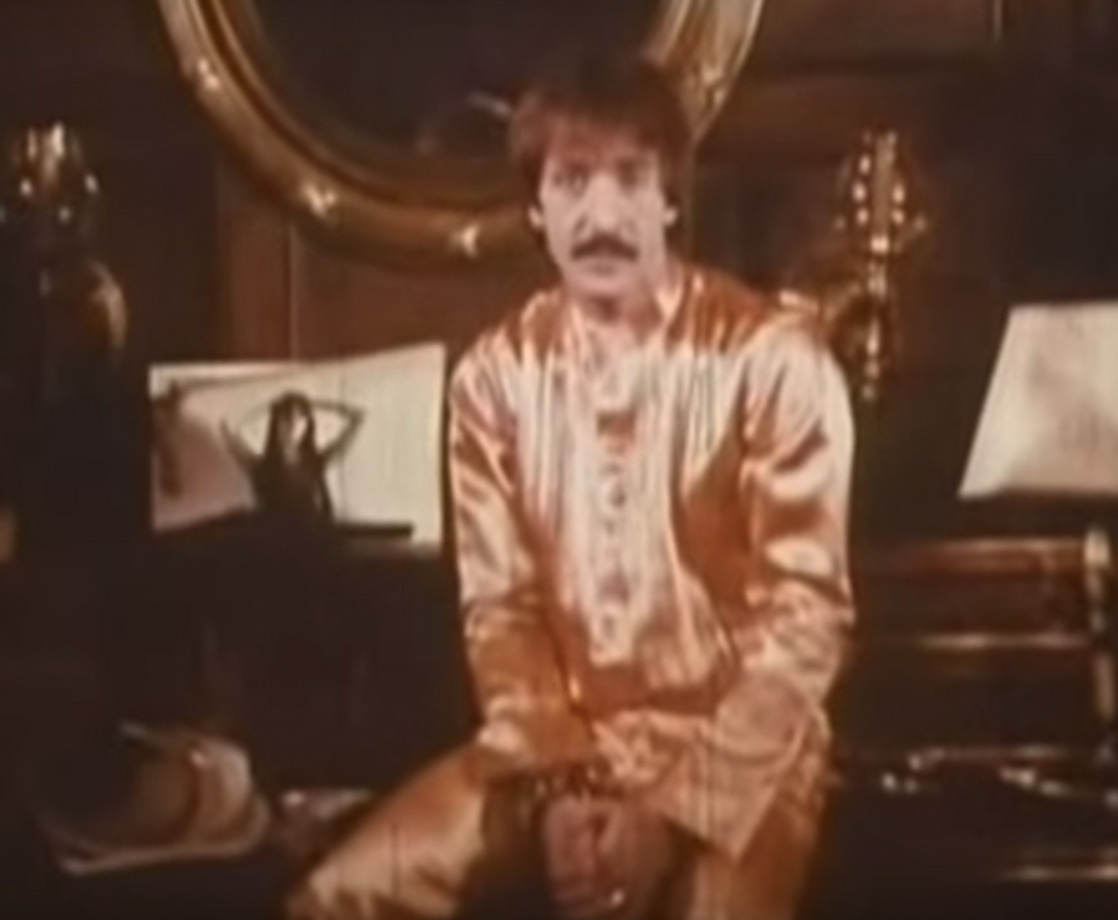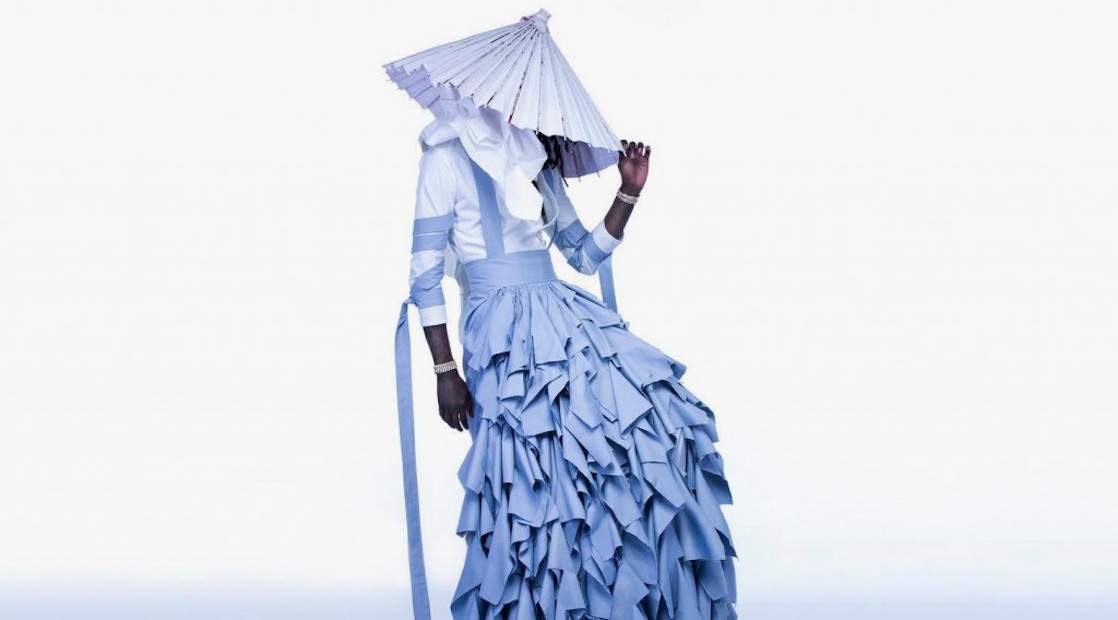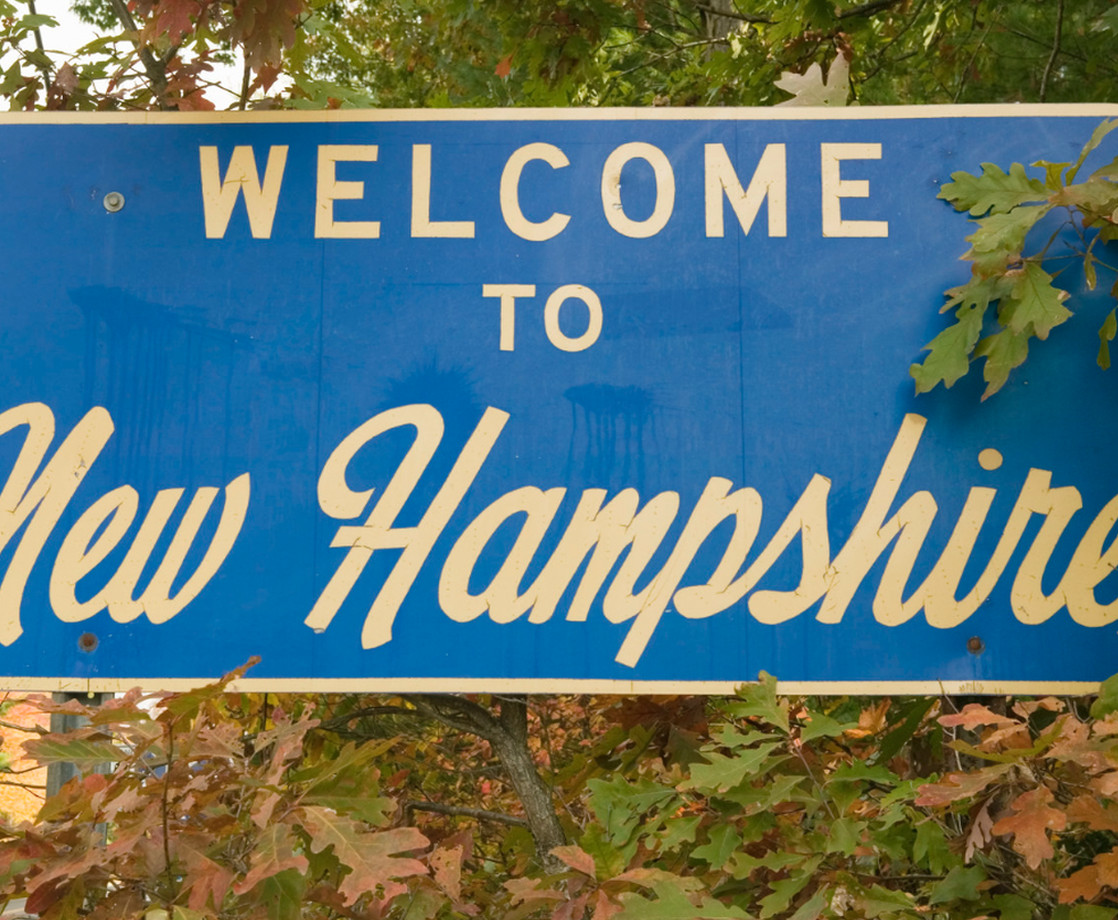The United States’s sordid history with drugs haunts the country to this day, infecting much of the deep-seeded tensions regarding race and class, not to mention the country’s historically radical generation gap. In a new column, #TBT on THC, we parcel through the canon of American anti-weed propaganda of yesteryear — from “Reefer Madness” to “Just Say No” and D.A.R.E. — and analyze their content and context from the perspective of the present.
What is the story we are telling when it comes to America and drugs? The War on Drugs has been a costly and flawed affair, with middling results, damning consequences, and questionable optics. Are we global aggressors or domestic victims? It’s unclear if the narrative can be parceled through with any kind of consistency. But one way to observe the trajectory and evolution of drug prohibition is through PSAs, which have been around nearly a century.
Drug PSAs are complicated pieces of art. They are meant to telegraph a message, but what they really do is illustrate a certain aspect of the American zeitgeist at a specific time and place. In quintessentially American fashion, the War on Drugs was waged on many fronts — from government-sponsored education programs to advertisements, feature films, and more. Though Reefer Madness, the first anti-marijuana film, came out in 1936, a good place to start our deep dive into America’s cannabis propaganda legacy is in 1968.

‘68 was something akin to America’s growing pain phase. For each elemental step forward, there was a death blow propelling the country backwards — the dawning of the space age coupled with the increasing offensive in Vietnam; the assassinations of Martin Luther King and Robert Kennedy seemingly kiboshing the civil rights movement. Eight years earlier, the Narcotics Control Act set a mandatory sentence for drug-related offenses, including the use of marijuana.
In the 1960s, addiction was said to cause roughly half the crimes committed in metropolitan areas and a quarter of all crimes reported throughout the nation — statistics that are up for significant debate today. Drug use was largely considered contagious, and as a result addicts were afforded the designation of social diseases, meant to be quelled and contained. By the late 1950s, about 20% of known addicts were in custody.
However, casual drug use spiked up as it was afforded the recreational privilege of association with the white middle class. The ripple effect of this sudden popularity reads as business as usual for the country, as well-to-do Americans would thrust marijuana into the national spotlight, only for lower income Americans of color to face the consequences a decade later. As drugs became more intertwined with the counterculture, the association between drug use and civil unrest was positioned as absolutely coratory.
In 1968, the year that the PSA we’re exploring today came out, the Johnson administration was attempting to streamline the country’s hard policy on drug use by unifying several different drug agencies into one assemblage, the Justice Department’s Bureau of Narcotics and Dangerous Drugs (BNDD). It would be another few years until the Controlled Substances Act would come to pass, sparking a much more complicated undoing of social empathy regarding drug addiction. But before the war intensified, the conversation surrounding marijuana skated the line between drama and horror. And nowhere does that come across clearer than in this Sonny Bono anti-weed PSA, which is of course largely, if not entirely, focused on the misdoings and rumblings of the youth.
“Marijuana”, a short film directed by Max Miller and produced by Avanti films — a production company that released its second project in 2015, a 47 year gap between pictures — opens on the least dangerous drug den in history. The walls, a shade of soft pink not too out of place in 2017, give the entire space the feeling of both a dollhouse and a family home with the parents out of town. We see some teens hanging out and smoking pot, but they all look mild mannered, well intentioned, and decently dressed — if these delinquents are suppose to be a high threat level, I don’t see it. We are then interrupted by possibly the most chill police raid of all time. Forget the battering rams you’re used to seeing — these cops seemingly apparate into the room and drag the bevy of well-kempt white kids out of what will probably become a porn set in less than a decade.
Cue Sonny Bono, who’s watching over the propaganda proceedings like a sober god as he wears something that resembles a golf lamé two-piece. For lack of a better description, he looks like a pimped out maharaja. Bono begins narrating the chaos, and as someone screams for marijuana to be made legal, Bono establishes a zen-like calm: “Good, bad, right, wrong, that’s for you to decide.” In other words, this will be a very relaxed experience, man — not the finger-wagging anti-drug propaganda or horror-showboating. This is coming from someone who is your friend, who just wants you to know all the facts…

Thus, this PSA takes a more observational approach. We meander through many different scenarios, with Bono often navigating and dropping us off in front of people whose lives have been struck by brutal addiction to…I guess weed? His appearances on screen are minimal, but his breezy voice makes for a warm companion over the half-hour of what amounts to worried backrubs for the brain. “I’ve run through a lot of highs trying to run away from myself,” says an interviewee at a drug rehabilitation group therapy session. “Heroin, LSD, methedrine. I like marijuana, I just couldn’t handle it myself.”
How this person could endure the merciless lows of heroin and the out-of-body hysteria of LSD, but not the gentle hum of weed is beyond me, but it’s right in orbit for Bono, who claims that this is par for the course. From the looks of the documentary, marijuana is the devil’s drug; I’m honestly listening.

Intentional or not, Bono’s “Marijuana” short film manages to partially recreate the literal feeling of being high. Why does everyone sound like they’ve drowned themselves and were begrudgingly brought back to life? There is so much steely silence in this video, with Bono’s monotone doing nothing to flavor the dish. Forgive the projected irony, but the dude absolutely sounds stoned.
These late ‘60s/early ‘70s PSAs are, in some ways, the early iterations of “spin.” It’s hard to know for sure how much research the makers of these films really relied on, but the narrative mix of staged arrests with maybe real/likely-staged rehabilitation group therapy makes for a pretty difficult piece of media. We know how these films sound — stilted, with the kind of stuffiness usually reserved for a church altar. What makes them fascinating is the way that they telegraph moments of cultural change. Boeing introduced the first 747 “jumbo jet” in 1968, and Bono makes a point to tap into the aviation breakthrough by asking if we’d want our pilot to have just smoked a joint. Leave the pilots alone, not everyone can be Sully (or even better, yet, Captain William "Whip" Whitaker).

With PSA of this type, a celebrity endorsement has to be carefully mined for baggage. What’s the story? Why were they chosen? What do they mean? What on Earth, for instance, did Bono represent to the makers of this project? In this ’68 spot, Bono looks like Scarface by way of a Bee Gee. He was one of the most famous faces of the generation, the host of a variety show with future icon Cher, who quickly eclipsed him in attention and notoriety. But Bono, like many of his contemporaries, was caught in between the cultural chasm. Artists like William S. Burroughs, Bob Dylan, even Jim Henson, were inspiration to the counterculture, but they were not necessarily of the generation they were speaking to. At 33, Bono was neither old enough to be quite a boomer, or young enough to understand the hippies. Here, he has all the visual totems of an “alternative American,” which makes the PSA as a whole feel like the embodiment of @NotACop.
But for all the idiocy, there are a few seconds of absolutely horrifying character work here. At about nine and a half minutes in, we see a fiending heroin addict twitch as he shoots up, framed against the dark expanse of an anonymous room. If heroin didn’t already scare the shit out of me, this Buster Keaton-looking nightmare definitely did the trick. It’s hard to watch any sort of political propaganda that bends over backwards to prove that weed is most dangerous as a gateway drug. The framework feels faulty; even if the response to rampant consumption of weed was a noble attempt to quell perceived social disorder, the leap from weed to heroin is presented not as scientific inquiry, but scare tactic. Bono is pretty clear when he mentions that “it is not a fact that everyone who smokes grass ends up a flakey drug addict.” A noble admission. But the fact remains that weed is not that gnarly. I’ve been high during momentous occasions, serious conversations, while filling out important paperwork, even while working. I’m literally high right now.

But then, the last minutes of the film suddenly reach a fascinating crescendo when Bono appears on screen again towards the end, likening the reasons for smoking grass to an iceberg, with 90% left submerged and unseen. In the film’s final scenes, we get a quick succession of youthful indignations from a variety of teens, bemoaning their lot in life as a displaced generation, fearful of the draft and suspicious of authority.
“The world stinks. Adults just keep making wars. The next war will probably kill everybody.”
“Why can’t we dress the way we want in school.”
“If adults like to make wars so much, why don’t they go and fight it?”
“We’re old enough to be drafted, but not old enough to vote.”
Sonny appears again on screen in the film’s final scene telling the kids that the onus is on them to engage with the world as it: far from perfect, but ours. Watching from the vantage point of 2017, a creeping sense of unease and sincerity permeated that final moment. Sonny Bono in his lame gold suit, his voice tender and monotone, not quite a hippie and not quite a boomer, telling me the turmoil wasn’t over, that joy wasn’t a sure thing. Weed was a different kind of resistance, and life in 1968 was going to get worse before it’d ever get better.
Follow Rod on Twitter











